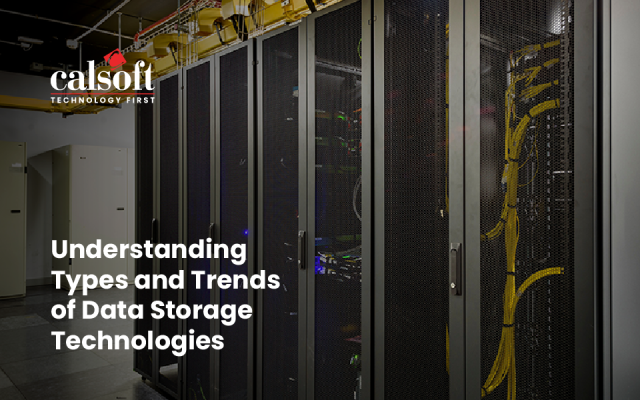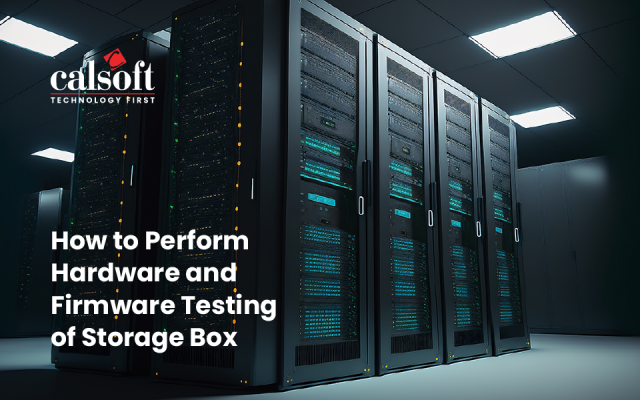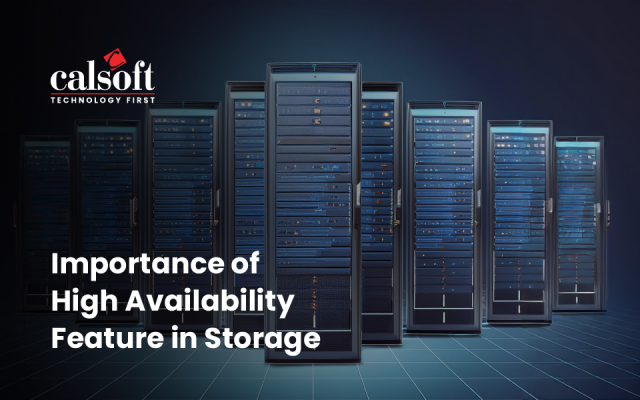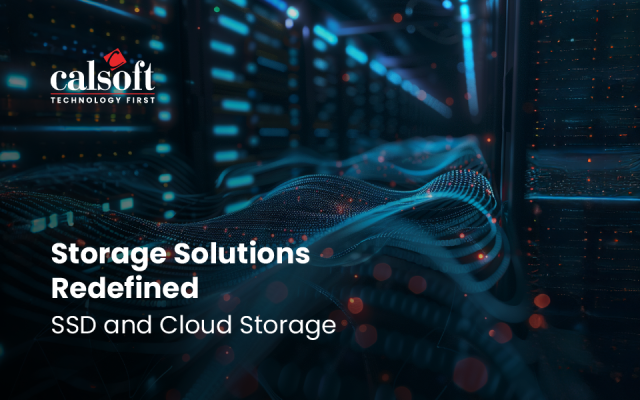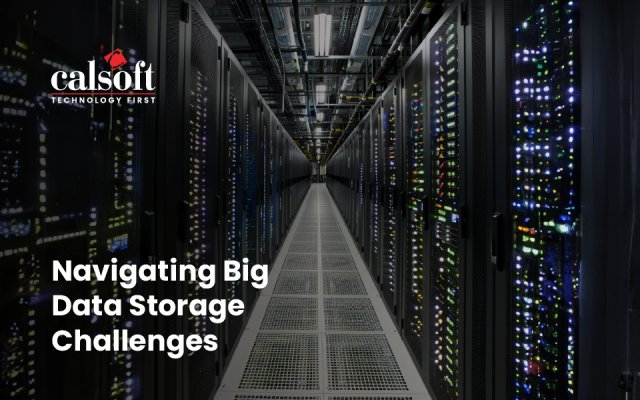With the new information generated per second for every human being predicted to hit 1.7 megabytes by 2020, the expectations from data are enormous. The ability to analyze critical data and unearth critical insights can take enterprises to an entirely different level.
Yet, there’s a growing data volume crisis in enterprises with no perfect solutions in sight. Business processes today demand data-driven decisions. That, and the growing adoption of IoT, AI, and ML means that enterprises are gathering, storing, and processing more data than ever before.
The current data storage challenges
As the number of connected devices reaches the 20 billion mark by 2020, the sheer volume of data that will be generated is enormous. This data, will also then have to be stored, managed, and analyzed for effective business decision-making. Although these connected devices aim to improve operational efficiency, they are also contributing to the growing demand for storage systems that are highly available, scalable, and secure.
Having said that, here’s how businesses are currently storing all this data:
- On-site storage: Regardless of the industry you operate in, your business must have operated with on-premise or traditional storage since the very beginning. With data stored on local servers and disks, on-site storage offers excellent levels of security and allows instant access to the data you need, the minute you need it. However, considering the amount of upfront investment on-site storage requires, this storage mechanism is expensive. In addition to set up and implementation costs, on-site storage also requires you to invest in resources for support and maintenance purpose. And given the fact that modern teams are highly distributed, the option is also sometimes impractical, for effective decision-making becomes a challenge.
- Cloud storage: Cloud storage, on the other hand, involves storing critical enterprise data on remote servers and hardware that is maintained by third-party service providers. Reports by IDC suggest that cloud computing spending is expected to grow at more than 6 times the rate of IT spending through 2020. Since service providers take care of storage space, bandwidth, and data access requests, all the enterprises have to do is pay for the services they use, on a monthly or quarterly basis. While cloud storage is a flexible and cost-effective option to enterprise data storage, it centralizes data to a large extent. It is known to suffer latency issues and can become quite expensive with the sheer volume of requests to access and use the data.
- Blockchain: To decentralize the very nature of data storage, blockchain is emerging as an innovative storage option. By intelligently distributing data across a network of interconnected nodes, blockchain reduces the strain on a single asset – so no single entity can control access. And although blockchain is known to improve data security and reduce storage costs, the real use-cases are still few. Businesses are still skeptical about the scalability it offers, and many still seem to think of this as a technology-in-waiting.
The promising solution
While there are three options available to enterprises today to address the mounting data storage needs, they all seem to have some challenges. While traditional on-site storage increases the cost of ownership and restricts effective decision-making, cloud storage that is controlled by a handful of industry heavyweights raises questions about data protection, control, and ownership of data. For businesses struggling with the storage capacity required to hold the growing pool of data, a hybrid model that uses Blockchain to create a kind of distributed Cloud may be a way out. This hybrid model seeks to address some of the issues with both approaches:
- It not only decentralizes data storage across a global network of connected nodes but it also solves the issue of latency by leveraging blockchain’s distributed ledger characteristics.
- By moving data from current centralized databases to the blockchain-driven cloud, enterprises can access data from a node that is closest to them, and benefit from the greater speed of retrieval and redundancy.
- This hybrid model partitions databases along logical lines that can only be accessed by a decentralized application using a unique key – improving the reliability and scalability of storage.
- Since the devices in the cloud aren’t owned or controlled by a single vendor but by several distinct individuals, the security and access of data is improved even further.
- Security is inherent in the Blockchain solution with its approach of fragmenting the data and storing it across distributed nodes.
- Such a distributed cloud model would also offer end-to-end traceability for all clouds and all data – for every compute action and storage of data across all networks across the globe. All those leveraging or managing the cloud storage system can be held accountable. Regulators will audit the processes and Those involved can verify all that happened and when.
The future of enterprise data storage
As businesses get overwhelmed by data, enterprise data storage has become a topic of grave concern. How businesses store the ever-growing pool of data can impact effective decision-making, enterprise success, and market competitiveness.
With the aim of overcoming the challenges of current data storage mechanisms such as high cost, centralization, latency, and security, businesses will always need data storage systems that are flexible, scalable, and that grow with the growing data storage needs.
The new blockchain-enabled cloud storage model aims to improve business efficiency and bring more transparency in how data is stored. With benefits like quick access, shared control, seamless auditing, and secure data transfer, it may not be long before the business world embraces this model in an increasingly data-hungry world. How will the traditional data storage products and the cloud players react?


